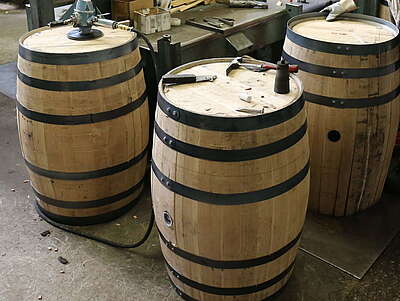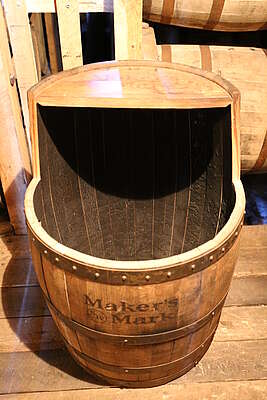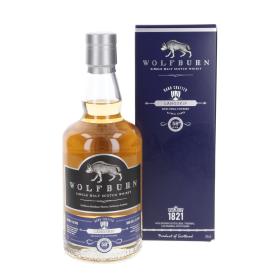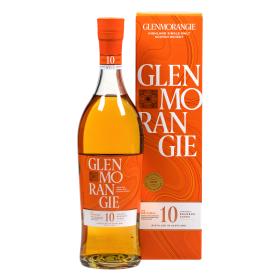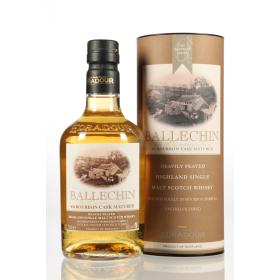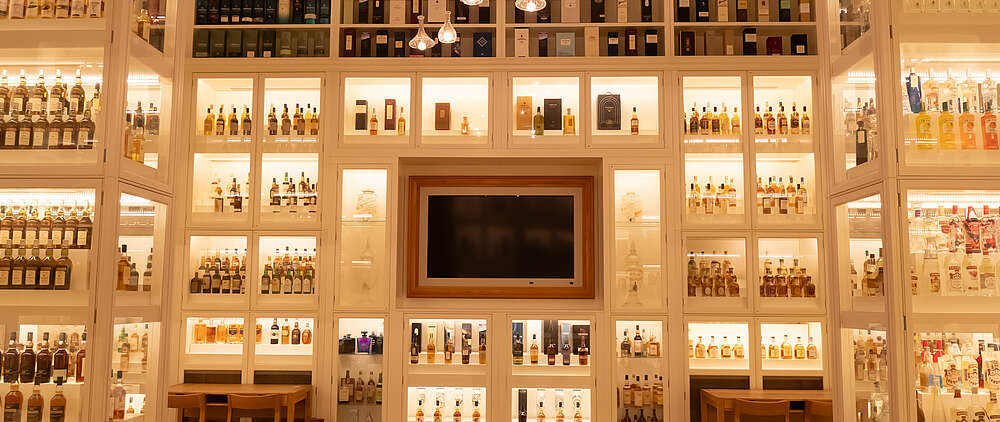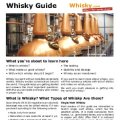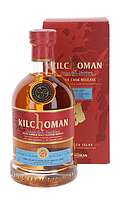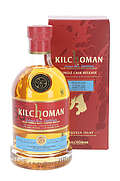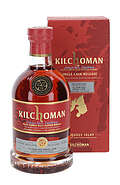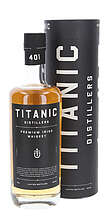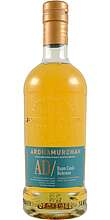Whisky in Bourbon Casks
This article is not about the barrel ageing of bourbon whiskey, but about the effect these barrels have on other whiskies or whiskeys that are subsequently aged in these barrels. Although most Irish people write 'whiskey', we use the spelling 'whisky' for the whiskey aged in the same cask after the bourbon, and 'bourbon' for the whiskey from the first occupation of the cask.
Origin
Bourbon comes from the USA. To be more precise, this whiskey originally comes from the bourbon county of the same name in Kentucky, but nowadays bourbon can be produced anywhere in the USA. If you want to learn more, read our article about bourbon.
The production
The most important aspects of bourbon production are the fresh American white oak barrels, the toasting and charring of the barrels and the 'mash bill'. This mash bill is the exact composition of the grain used in the production.
Effect on the taste
Mash Bill
The mash bill is basically nothing more than the list of ingredients for the fermentation process in whisky production. The high proportion of corn in the bourbon gives the subsequent whisky maturing in the barrel afterwards a sweeter character. This would not be possible with whisky that - as is common in Scotland - is made in high proportions or even 100% from barley. There are numerous brands of bourbon with different mash bills, each of which achieves different flavours. The differences lie mainly in the rye content. This is because the rye gives the bourbon its much appreciated spiciness and full-bodiedness.
The barrel
First of all, the raw wood influences the taste of the whisky. American white oak is a very mild wood. It contains few tannins, which makes for a softer and milder taste. Read more about the effect of the wood here.
The second aspect in terms of flavour is the toasting of the barrel. Toasting is a heat treatment process that affects substances in the wooden staves of the barrel. The wood sugars in the oak are heated to 150°C, which causes them to caramelise. This is one of the main influences in the barrel ageing of bourbon and. Bourbon gets its typical caramel and vanilla flavours from this. However, the wood sugars are not completely dissolved in the bourbon, so some of them also find their way into the subsequent whisky.
The charring of the barrel is the third important aspect in this respect. The barrels are burnt out on the inside so that a layer of charcoal forms on the barrel wall. The fire is extinguished with water to prevent the charcoal from burning to ash. The charcoal can actively bind other substances via its large surface area. The charcoal reacts mainly with the pungent and intense flavour components that are produced during the distilling process of bourbon. However, the filtering effect of the charcoal layer wears off over the maturation period. This subtractive maturation, as it is known in the trade, also softens the whisky. Learn more about additive, subtractive and interactive maturation in whiskies here.
The last aspect is closely related to the other influencing factors: the length of time the bourbon is matured in the barrel. A normal bourbon that has been matured for a few years and is sold without an age statement will leach a cask significantly less than, for example, an Elijah Craig 18 year with its long maturation period.
Alcohol strength during distillation and barrel filling
For the maturation of the subsequent whisky, it is important with which alcohol strength the bourbon came into the barrel. Alcohol is a far better solvent and flavour carrier than water. A bourbon like Maker's Mark is filled into the barrel at a low alcohol strength and therefore does not leach out the barrel as quickly as a high-proof white dog (raw whiskey). Anyone who thinks that Maker's Mark has less flavour is wrong. Maker's Mark does not have to be diluted as much during bottling, which leads to a stronger taste. The higher the alcohol content of the bourbon in the barrel, the fewer flavours from toasting and charring remain in the barrel for the later whisky.
The raw whiskey is colourless - but it comes out of the cask golden. This means that the entire colour of the whiskey comes from the cask. In the process, some of the colour compounds remain in the cask and are passed on to the subsequent whisky.

